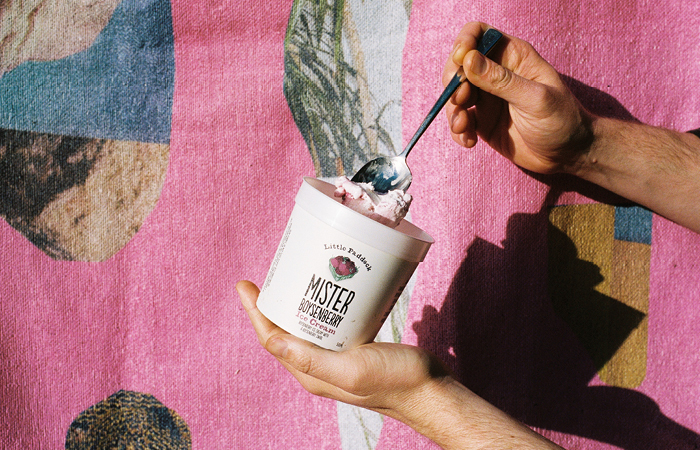Article / Hunter’s guide to Series
Hunter's guide to…
a minimum viable brand for start-ups
Series
#Hunter’s-guide-to
Tags
Agencies, Branding, Start-ups, Archetype,
What problem are you trying to solve?
Write down the problem you are trying to solve. Why does the world need your product or service? If the problem you are trying to solve is not clear then go back to the drawing board. It’s that simple. Don’t bullshit yourself. It will come back to bite you.
What is your higher mission?
Once you’ve identified what problem you are solving with your product, see if you can zoom out a little bit further. For instance you may be trying to solve the problem of buying fashionable vegan shoes. So your mission could be to stop one million animals from being worn as footwear.
Plenty of founders have a great mission without market fit. And some founders have great market fit without a higher purpose. The trick is to have a compelling product that solves a problem for customers and a higher purpose which gets you and your employees out of bed every morning.
Decide on a brand archetype
All great brands have a certain intangible spirit. Brand archetypes are a simple way of thinking about how your brand will behave. Workshop these archetypes and commit to the archetype that feels most compelling and relevant.
Name your brand against your archetype
Much like naming a child, naming a business is hard. There's no formula for greatness but there are some things that can keep you on track.
1. Judge your names against the spirit of your archetype.
2. Google options and see what it throws up — will you stand out?
3. Look at the conventions of the category, then explore options that are the opposite to them.
We can’t tell you how else to name your startup. Only to say if everyone thinks your name sucks it probably does. If it provokes a love/hate response then it could be a very good name.
Create a business descriptor line
Take what it is that your business does and reduce it down to one sentence. It can be surprisingly difficult to reduce your ‘thing’ down to such brevity. Don’t make it too fluffy and in the clouds. Make the words meaningful. What’s in it for your customer? If you put those words on a Google listing would anyone understand your offer?
Commit to one colour
You’ll probably be bootstrapping your first brand identity and you should. That friend of a friend who works at Apple who can knock a logo out quickly? Gold dust. But how do you judge and guide the output?
A simple way to bring coherence to your emerging brand is to own one colour. When you commit to one colour all the other inevitable inconsistencies of your brand 1.0 will be forgiven. Get your designer to design an app logo. That’s a great test of your first identity.
Commit to a maximum of three key messages
It can be tempting to chop and change messaging constantly in the early stages of a business. If your business pivots in the early stages then it’s somewhat inevitable. However you don’t want to reinvent the wheel every time you market your product.
Create a long list of ten key messages. What’s in it for your customer? What problem are you solving? Your business descriptor could be a key message in itself. Test these messages any way you can: small scale paid campaigns on Facebook and Google, mail drops, signs at markets… whatever. See what sticks early. Whittle it down to three messages hopefully with one message as the lead. Then keep using these same messages consistently. It will feel boring, but to everyone else it will create a perception of your product.
Overcommit to your key customer channels. If you have a packaged product, then that’s your key channel. Over invest in it. If you have customer facing staff - that’s a key channel. What do they say to customers? That needs 100% focus. Don’t get distracted by the magazine advertorial going out in four months time for a bargain never-to-be-repeated price. Look at the parts of your brand that people engage with most and make them awesome.
So that’s some basics — can you commit the time?
These are some simple techniques for refining your brand without needing a branding agency in your early days. They will only be as useful as the time and focus you put behind them. Let us know how you get on or if there’s anything else you feel that would be useful in this top line guide.


